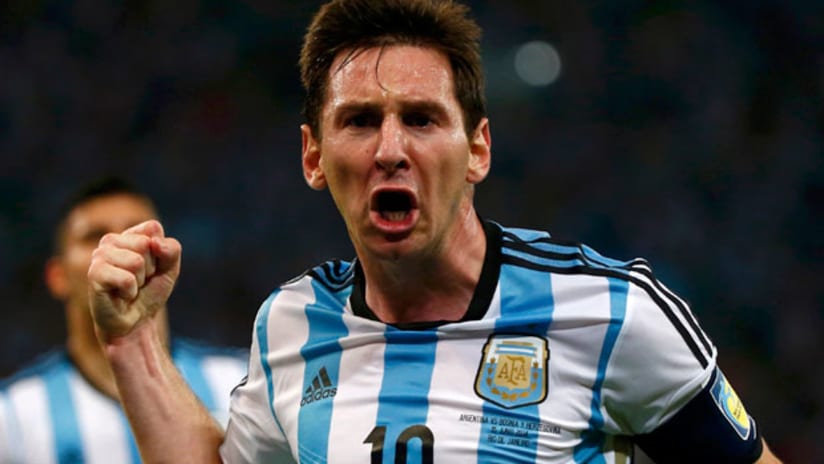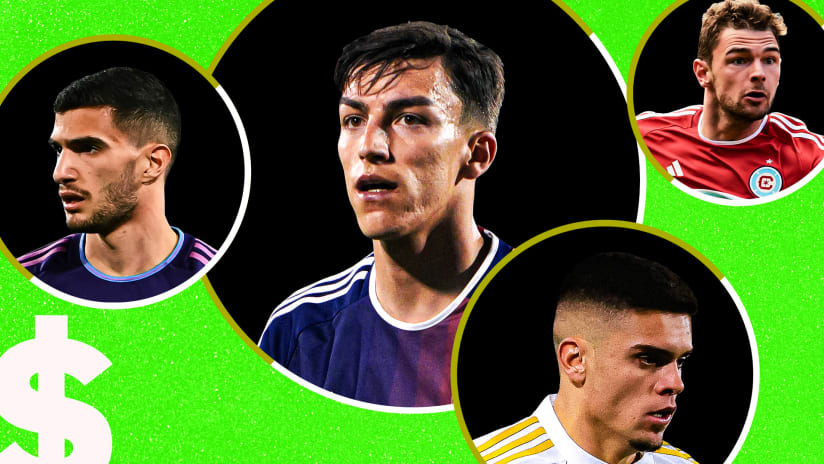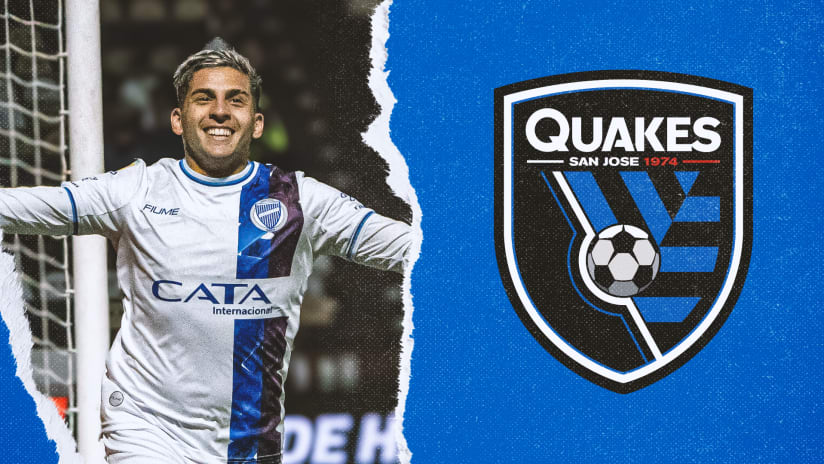The 2015 Copa América, the 45th edition of one of the world's most prestigious international soccer tournaments, kicks off on June 11. Here's what you need to know about the tournament:
What Is the Copa América?
The Copa América is South America's premier international tournament – for national teams, as opposed to club teams – and the longest-running international soccer tournament in the world. It is the continent's equivalent of UEFA's European Championship or CONCACAF's Gold Cup, only much older.
The tournament was first played 99 years ago, in 1916, and will be played this time around in Chile, from June 11-July 4.
Uruguay are the defending champions (photo, right) after defeating Paraguay in the 2011 final, which gave them a record 15th title. Argentina have 14 titles (last one in 1993), while Brazil round out the top three with eight trophies. Chile, Ecuador and Venezuela are the only South American countries that have never won the tournament.
Which teams are playing?
All 10 members of CONMEBOL – the South American soccer governing body – take part. Those are: Argentina, Bolivia, Brazil, Chile, Colombia, Ecuador, Paraguay, Peru, Uruguay and Venezuela.
Since 1993, two teams from other confederations, usually CONCACAF (aka North and Central America), have been invited. Mexico have been the most frequent invitee, playing in all nine tournaments since 1993. The United States have participated three times, most recently in 2007, and famously reached the semifinals in 1995. Costa Rica, Honduras and Japan have also taken part throughout the years. This year, Jamaica will make their debut in the tournament by joining Mexico.
No invited nation, however, has ever won the tournament, though Mexico have been runners-up twice and reached the semifinals on three other occasions.
How does the competition work?
Much like other international tournaments, the field is first divided into groups of four. With 12 teams participating, there will be three groups:
- Group A: Chile (hosts), Mexico, Ecuador, Bolivia
- Group B: Argentina, Uruguay, Paraguay, Jamaica
- Group C: Brazil, Colombia, Peru, Venezuela
Each team will play the other teams in their group once – three points for a win, one point apiece for a tie, none for a loss. The top two teams from each group, plus the two best third-placed teams, will advance to the quarterfinals. Those eight teams will play a single-elimination tournament (win or go home), which culminates in the July 4 final in Santiago.
If two teams are tied after 90 minutes in the single elimination phase of the tournament, they will play two 15-minute periods of extratime. If the teams are still tied after that, the game will be decided by a penalty kick shootout.
In addition to the glory, bragging rights and silverware at stake, the winner of the tournament (or best-performing South American team, should Mexico or Jamaica win it) will earn a spot in the 2017 FIFA Confederations Cup in Russia, which serves as a dry run for the World Cup and features the hosts (Russia), the defending World Cup champions (Germany), plus the most recent champions of all six regional soccer confederations.
Who are the players to watch?
As far as the South American teams are concerned, almost all of the top players will be playing. That includes FC Barcelona stars Lionel Messi (photo, right), Javier Mascherano (Argentina) and Neymar (Brazil), who just won the UEFA Champions League. Their teammate, Luis Suarez, will miss out for Uruguay, as he is serving the final games of his international ban for biting Italy’s Giorgio Chiellini in last summer’s World Cup.
Outside of the Barcelona contingent, there are plenty of other notable players taking part this summer. These include: World Cup breakout star and Real Madrid midfielder James Rodriguez (Colombia), Juventus forward Carlos Tevez and Manchester City star Sergio Aguero (Argentina), Paris Saint-Germain forward Edinson Cavani (Uruguay), Arsenal forward Alexis Sanchez and Juventus midfielder Arturo Vidal (Chile), and up-and-coming Liverpool midfielder Phillipe Coutinho (Brazil) – whose recent handiwork vs. Mexico can be seen here:
Mexico will not be sending their ‘A’ team to the tournament due to their participation in the CONCACAF national team tournament called the Gold Cup. Nonetheless, keep an eye out for Atletico Madrid striker Raul Jimenez, as well as 22-year-old winger Jesus "Tecatito" Corona, who looks set to be one of the breakout Mexican players of 2015 after a successful campaign in the Netherlands with club FC Twente.
Any MLS players in the tournament?
Yes. Jamaica will be taking five MLS players to the Copa América: Giles Barnes (Houston Dynamo, photo on right), Darren Mattocks (Vancouver Whitecaps), Je-Vaughn Watson (FC Dallas), Kemar Lawrence (New York Red Bulls) and Jermaine Taylor (Houston Dynamo). Former MLS players Simon Dawkins and Deshorn Brown are also on the roster for the Reggae Boyz.
Who are the favorites?
With a stacked roster, especially in the midfield and forward areas, Argentina are the best bet to win the title, which would be their first since 1993 and would also match Uruguay’s tournament-best 15 wins.
Brazil are always a threat, especially with the prodigious Neymar in the fold and a tough backline behind him.
Hosts Chile still have never won a Copa América, but boast as talented a squad as they’ve ever had and one that plays some truly exciting soccer under head coach Jorge Sampaoli (photo, right).
Uruguay may struggle without Suarez, though they still have the quality to defend their title, while Colombia should also be right in the mix with their talented stable of attackers and midfielders.
Where to watch the Copa America?
All the games will be televised on beIN Sports and beIN Sports en Español in the United States. Canadian viewers can watch on beIN Sports Canada.














